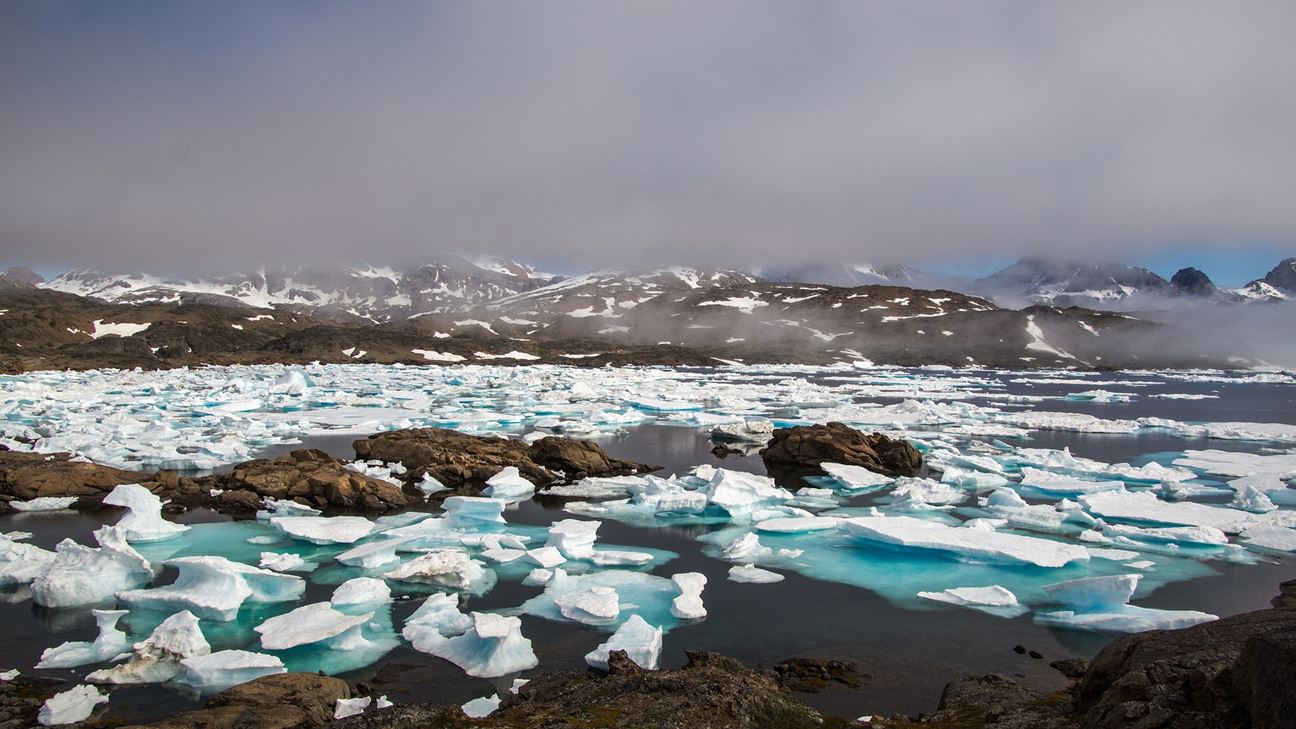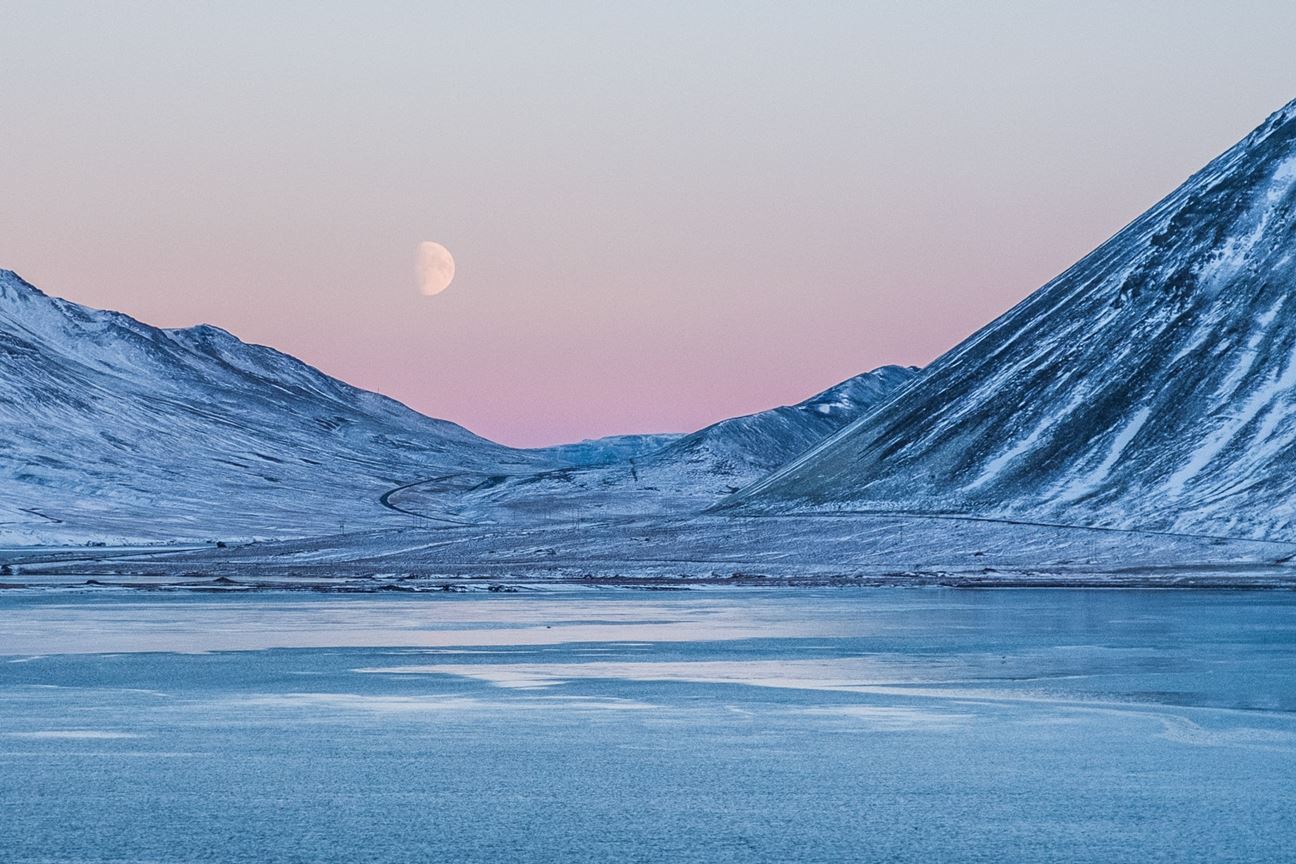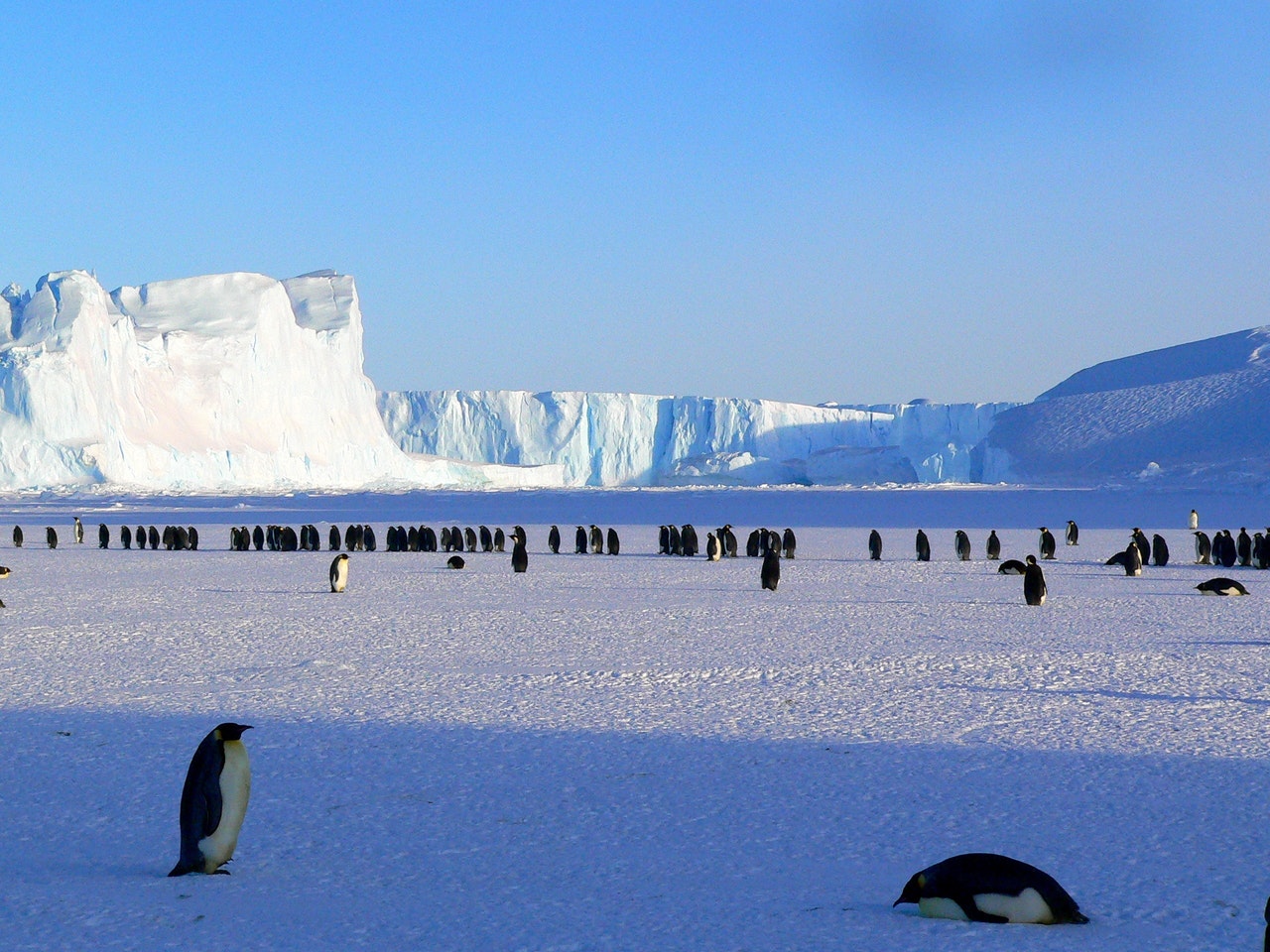The word tundra means ‘barren land’. This unglaciated part of the earth is too cold for the survival of most of the life that the earth supports.
The tundra region of the earth is known for long stretches of barren grounds and permafrosts as far as the eyes can see! While most days of the year slumber in ice, the summers here see the tundra bloom and suddenly the entire region comes to life. Covering 20% of the earth’s surface, almost all the tundras are in the Northern Hemisphere, at latitudes 55° to 70° north. The average annual temperature here is -56 degrees centigrade.

The History of Tundras
The tundra formed mainly because of the climatic conditions. Along the poles, the climate is extreme, with long and cold winters and short and cool (never warm) summers. During the ice age, the glaciers scraped along with the earth, thus leading to a lot of soil erosion. The tundra we see today seems to have appeared only 2 million years ago, making it one of the youngest biomes on the planet.
Geography
Most of the low plains of the tundra are located about 300 metres above the mean sea level. In the southern plains, the alpine tundra begins at around 3,500 meters above the mean sea level. As you go north, close to the Arctic circle, the arctic tundra is situated at upwards of 1,200 metres.
The soil in the tundra region has two layers - active and inactive. The active layer is the surface layer where most of the activity happens. This part of the land is shallow, ranging from a few inches to three feet. This layer freezes in the winter and thaws when the area warms up. The inactive layer of the soil is permanently frozen and is called the permafrost. This layer ranges from 300 feet to 2,000 feet below the ground.
The tundra soil is not very rich in nutrients, contains very little oxygen, and is generally acidic.

The top layer of the soil in the tundra regions goes through a lot of changes over the period of one year. Each winter, the water freezes which leads to expansion, and the following summer, the ice melts which leads to the contraction. This yearly process leads to a lot of cracks and breaks in the land. Pingos, tundra polygons, hummocks and fell-fields are some landforms observed in the tundra.
Types of Tundras

Far up the coniferous forest of the northern hemisphere lies the Arctic tundra belt formed by the retreating continental glacier. The treeless permafrost forests are found in countries like Russia, Scandinavia, Iceland, Greenland, Canada and Alaska. The Arctic tundra takes up 2% of the Earth’s surface.

As the name suggests, the Antarctic tundra covers the many Antarctic and sub-Antarctic islands. These include Kerguelen, South Georgia, and the South Sandwich Islands. While most of the continent is too dry and cold, it is the Antarctic Peninsula that supports life. The flora comprises lichens, mosses, liverworts, and aquatic algae while a few sea mammals and sea birds like seals and penguins, too, are found here.
Irrespective of the latitude, any region that occurs at extremely high altitudes ranging between 11,000 feet to 12,000 feet are categorised as alpine tundra. This region does not have a layer of permafrost, and the soil here is better drained. While you will not find many tall trees here, grasses, herbs, hedges and shrubs can be found in abundance. Mountain goats, sheep and elk are some animals that are native to the Alpine tundra.
Climate
The climate in the tundra lies in the polar zone and is extremely harsh. Since the tundra occupies the northernmost/southernmost part of the earth, the sun shines obliquely on these regions, hence providing less warming energy. The solar energy reaching here is very limited, restricted to only summer months. Other factors like elevation, topography, the reflectivity of snow and ice also affect the climate of tundra regions. The climate here is so extreme that in some places, the net radiation falls in the negative. There are no true frost-free periods here. Every month of the year has recorded some snow, and hence the growing period here is very limited.
The landmasses adjacent to the coasts of the Atlantic and Pacific oceans will experience slightly warmer temperatures, and snowfall is relatively light.
Temperature Range and Precipitation
The average temperature range of the tundra is -12 degrees celsius to -6 degrees celsius. Though the winter temperatures can fall to an average of -40 degrees celsius. The winters here last from 7 to 10 months, leading to acres and acres of permafrost. The short-lived summer experiences slightly warm tundra days with temperatures reaching up to 10-degree celsius. In the winter months, the precipitation here falls in the form of snow and in summer months, it falls in the form of rain.
Plant Life
The yearly freezing and thawing is not the most ideal situation for the growth of the plants. Despite its extreme climatic conditions, over 1500 kinds of plants grow in the tundra. Add to that almost 400 varieties of flowers. The plant life of tundra is as follows:
The algae found in the tundra region is a species that's capable of making its own food through the process of photosynthesis. On the other hand, there are fungi that cannot make their own food and hence live on hosts as parasites. One of the most common tundra plants is the lichens. With over 2,500 species growing in the Arctic and alpine tundra, lichens are a combination of algae and fungi, living symbiotically.
The vegetation in the tundra is a mix of green and blue. Factors like soil drainage, melting of ice, and the subsequent snow cover influence plant species. Examples of plants growing in the tundra include spruce, fir and pine. Some flowering plants include yellow poppy, buttercup, campanula, saxifrage, and barberry among many others. Most plants here grow low and close to the ground in an attempt to protect themselves from harsh winds.
Animal Life

Just like plant life, animal life in the tundra is also affected by its harsh weather conditions. Antarctic tundra has the least number of animals. Few birds and animal species come here only during the summer months. Let's look at a few of them:
Microorganisms such as bacteria and protozoan live on the active layer and play an important role in the decomposition of dead animals and plants.
The marshy lands of the tundra are home to crabs, snails, mussels, and shrimp among others. Arctic insects and mosquitoes are also found by millions.
Most amphibians prefer living in warm and moist environments, which the tundra lacks. Only a few amphibians like frogs and salamanders are found here.
As cold-blooded vertebrates, reptiles do not do well in extremely cold environmental conditions. And hence, you will not find many reptiles living in the tundra. The European viper is the only reptile found in the Arctic.
Similar to reptiles, fish are cold-blooded vertebrates that live underwater. The tundra does not support many fish species, but commonly found Arctic char spends its entire life in the tundra. Other fishes like grayling and salmon are also found in the tundra.
A lot of bird species found in the Arctic usually visit the region to breed, usually in the summers. In the winters, they fly south to relatively warmer places. Birds like ptarmigan, snowy owl, snow goose, the raven and the willow are some found in the tundra.

From camouflaging themselves, accumulating fat under their skins, to hibernating through the winters, the mammals living in the tundra are adaptive in various ways. Commonly found mammals in the tundra include the lemmings, Arctic fox, Alaskan marmot, Arctic ground squirrel, ibexes, barren-ground grizzly bears and polar bears among others.
Human Life
Very few people live in the tundra region. While there are natives who are permanently settled in the Arctic, some choose to move down to the timberline during the winters. Aleut, Lapps, Central Yup'ik, Sami, Inupiat and Siberian Yupik are some indigenous people of the tundra region. Over the last 50 years, some regions of the tundra have seen big changes like the building of roads and mining operations, which has led to damage to the natural surroundings. As a part of recreation, people here enjoy activities like hiking, hunting, wildlife viewing and camping.
Effects of climate change
Tundras are one of the most vulnerable biomes found on earth. Their sensitivity to climate change is hard to miss. Global warming effects can be seen in terms of destabilization of snowing and thawing cycles. The resultant warmer climate also increases the risk of wildfire and drought-like situations. Air pollution, invasive migrating, tourism and industrial activities are all resulting in the threatening of the cold and dry tundras.